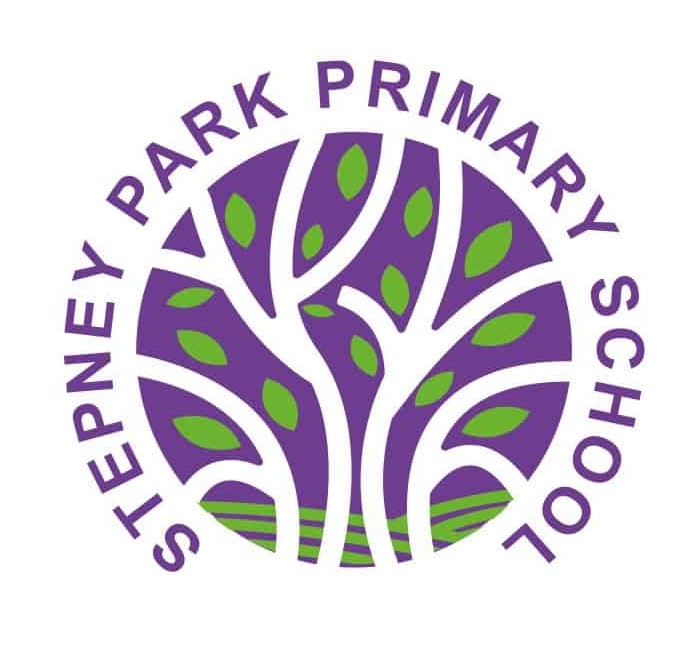Maths
Aims
A strong grasp of mathematical fundamentals is essential not only for children's education as they move on from Stepney Park into their secondary schools but also for their wider success and fulfilment as adults. As such, we dedicate a significant amount of time to teaching mathematics and have three main aims: (i) we aim for children to develop fluency in mathematical fundamentals such as number and arithmetic so they can later apply these skills in a range of contexts; (ii) we aim for children to learn to reason mathematically, including identifying patterns, making generalisations and justifying and proving their ideas; (iii) we aim to support children to bring together their fluency and reasoning skills to solve routine and non-routine mathematical problems.
Our Maths Curriculum
Though we have drawn on White Rose, we have developed our own bespoke curriculum in mathematics so that we can be sure it meets our children's needs well. In general, children study longer units of work in maths than in other subjects (sometimes lasting 4 weeks or more). This is to ensure that children have the time to practise each new element of their mathematical learning before moving on, and thereby help to ensure that children do not fall behind. Most year groups begin with place value and the four operations: this ensures children can develop some of the most essential skills that can then be applied in other areas of maths such as measure and geometry.
We have adapted the White Rose curriculum to suit our school in two ways. Firstly, we want to place increased emphasis on mental maths to ensure that children become fluent and flexible in a range of mental methods. As such, we have mapped specific mental methods and key recall facts across particular terms in each year group. Secondly, to ensure children develop fluency in maths, we have a very clear calculations policy that ensures children practise using particular methods and representations repeatedly.


Maths Teaching
Our maths teaching is built around the concrete-pictorial-abstract sequence. This means that children first learn mathematical concepts using concrete materials: this helps them to understand the maths they are learning. They then move on to use pictorial representations of their maths before finally learning the abstract written calculation methods. On some occasions, children also use different representations in tandem. Though this process may happen over a single lesson, it is much more likely to happen over the course of a specific unit of work as children gradually deepen their understanding and develop their skills.
As described above, we consider mental maths to be especially important in all year groups across the school. As such, all maths lessons begin with a short counting session (this may include fractions and decimals as children get older, as well as times tables and counting in multiples of 2, 5 and 10 etc). In addition, mental maths is further developed with specific time set aside in maths lessons to learn key recall facts: these include number bonds for younger children and times tables for older children. We also develop children's fluency and ensure they do not forget what they have learnt by giving them several opportunities every week to practise the most essential skills, primarily related to number and calculations, that they have already learnt.

Maths Overview


